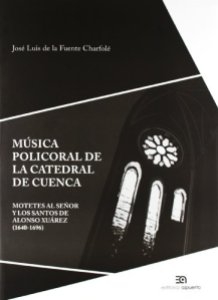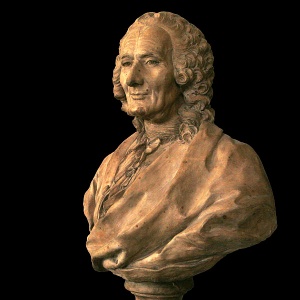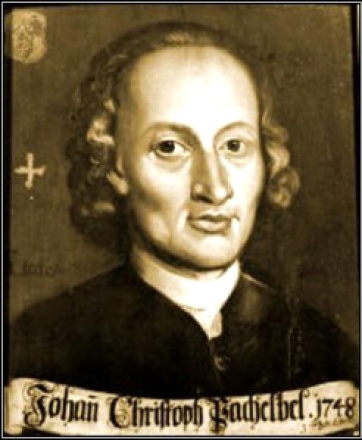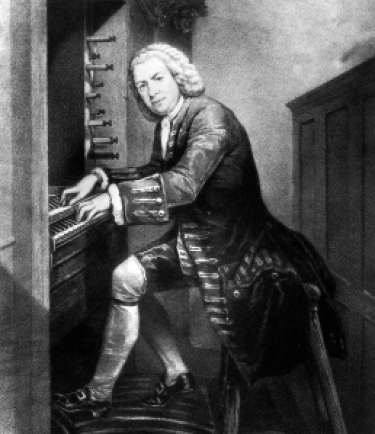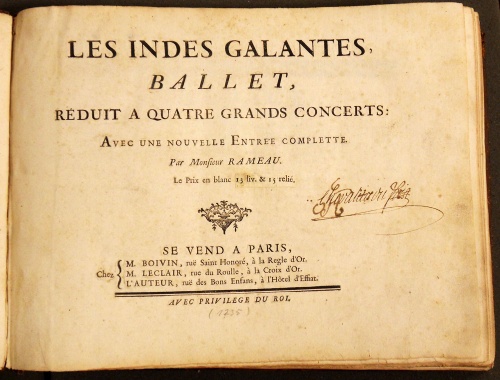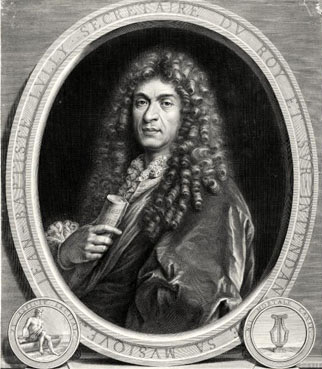The novel La musique du diable, ou Le Mercure galant devalisé (Paris: Robert le Turc, 1711) describes the arrival and subsequent activities of Marie-Louise Desmâtins and Lully in Hell; it also recounts events leading up to the soprano’s demise.
In the absence of any historical record of her last days, one might ask whether there could be a modicum of truth in the novel’s reports that Desmâtins had grown so obese that she engaged the finest butcher of the day to remove her fat; that she then mounted a lavish party for which all of the food had been prepared using this fat; at that she died soon thereafter from unknown causes. The reader is assured that she was welcomed to Hell with the highest honors, and that she is happier there than she ever was in her earthly life.
This according to “La musique du diable (1711): An obscure specimen of fantastic literature throws light on the elusive opera diva Marie-Louise Desmatins (fl. 1682–1708)” by Ilias Chrissochoidis (Society for Eighteenth-Century Music newsletter 11 [October 2007] pp. 7–9).
Above, a rather alarmingly corseted Desmâtins in a contemporaneous portrait; below, the final scene of Lully’s Armide, which Desmâtins starred in in 1703 (note that this is not an attempt to replicate the original staging).
Related articles:



